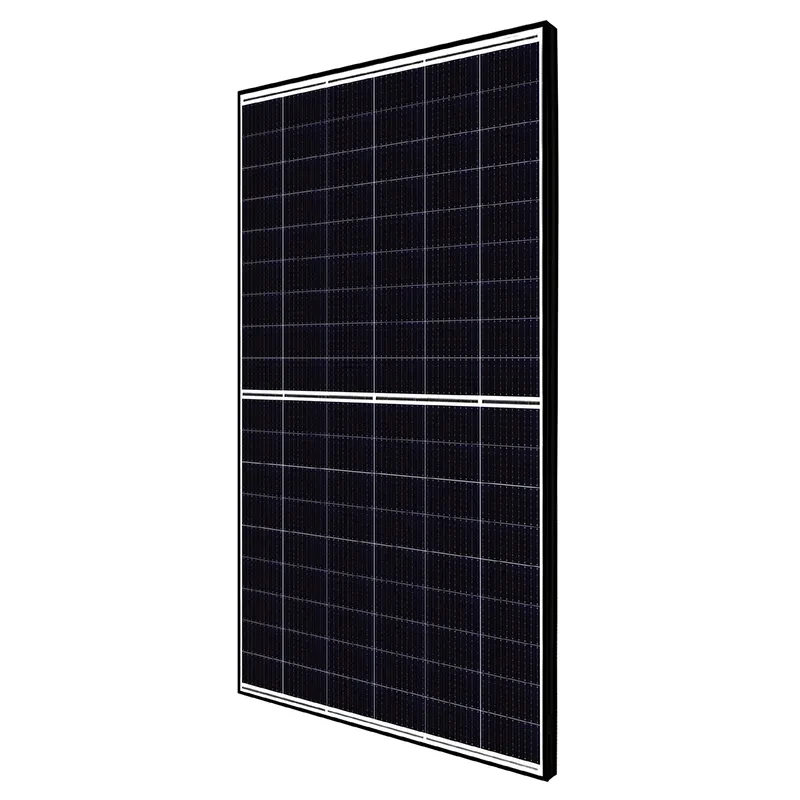Impact of Cloudy Days on Solar Panel Efficiency and Performance
Understanding Solar Panel Efficiency on Cloudy Days
Solar energy has emerged as a pivotal resource in the quest for sustainable and renewable energy solutions. With the increasing adoption of solar panels, many homeowners and businesses are eager to understand the effectiveness of these systems under various weather conditions. Among these conditions, cloudy days often raise questions regarding solar panel efficiency. How do clouds affect energy production, and what can users expect from their solar installations when the sun is obscured?
Firstly, it's essential to grasp how solar panels work. Solar panels convert sunlight into electricity through photovoltaic cells. These cells generate direct current (DC) electricity when sunlight hits them, which is then converted to alternating current (AC) for home use. This process relies heavily on sunlight intensity. Therefore, understanding the relationship between solar panels and cloudy weather is crucial.
Understanding Solar Panel Efficiency on Cloudy Days
Research indicates that solar panels can produce approximately 10% to 25% of their rated capacity on cloudy days. This percentage varies depending on the thickness of the cloud cover and the specific technology of the solar panels in use. For instance, high-efficiency solar panels, such as monocrystalline panels, typically perform better under low-light conditions compared to their polycrystalline counterparts.
solar panel efficiency cloudy day

In addition, different types of solar panels respond to cloud cover in distinct ways. Bifacial solar panels can capture sunlight reflected from the ground, enhancing their performance even when the direct sun is obscured. As such, their ability to absorb light from various angles makes them an excellent choice for areas frequently experiencing overcast weather.
Moreover, seasonal changes can influence solar panel output. During the winter months, shorter days and increased cloud cover can lead to reduced energy production. However, advancements in solar technology continue to improve the efficiency of panels, meaning that users can still rely on solar energy during these periods.
The overall advantage of solar energy remains substantial, even on cloudy days. When assessing the long-term performance of a solar panel system, it's vital to consider yearly energy production rather than day-to-day fluctuations. Many regions experience an average of 60 to 70% of their potential solar energy production throughout the year, which includes both sunny and cloudy days.
For those living in areas with frequent cloud cover, it’s also worth noting the importance of proper system design and installation. This includes optimizing panel orientation and tilt angle to maximize exposure to any available sunlight, ensuring that the system maintains productive energy output during less-than-ideal weather conditions. Additionally, energy storage solutions such as batteries can store excess energy generated on sunny days for use during cloudy periods, providing users with a reliable energy supply year-round.
In conclusion, while cloudy days do pose challenges to solar panel efficiency, they do not negate the benefits of solar energy. With advancements in technology, solar panels continue to adapt to varying weather conditions, allowing for effective energy production even when the sun is not directly shining. Homeowners and businesses that invest in solar energy systems can experience significant advantages over time, including reduced energy costs and a lower carbon footprint. By understanding how their solar panel system performs in cloudy weather, users can make informed decisions and maximize the potential of solar energy—regardless of the forecast.
-
Understanding the Advantages of Solar String Inverters for Your Energy SystemNewsApr.29,2025
-
Choosing the Right PV Inverter: A Comprehensive GuideNewsApr.29,2025
-
The Future of Solar Power: Exploring Bifacial Solar PanelsNewsApr.29,2025
-
The Complete Guide to Solar Panels: Efficiency, Cost, And InstallationNewsApr.29,2025
-
The Best Options for Efficiency and Cost-EffectivenessNewsApr.29,2025
-
Harnessing the Power of Off-Grid Solar Inverters for Energy IndependenceNewsApr.29,2025







